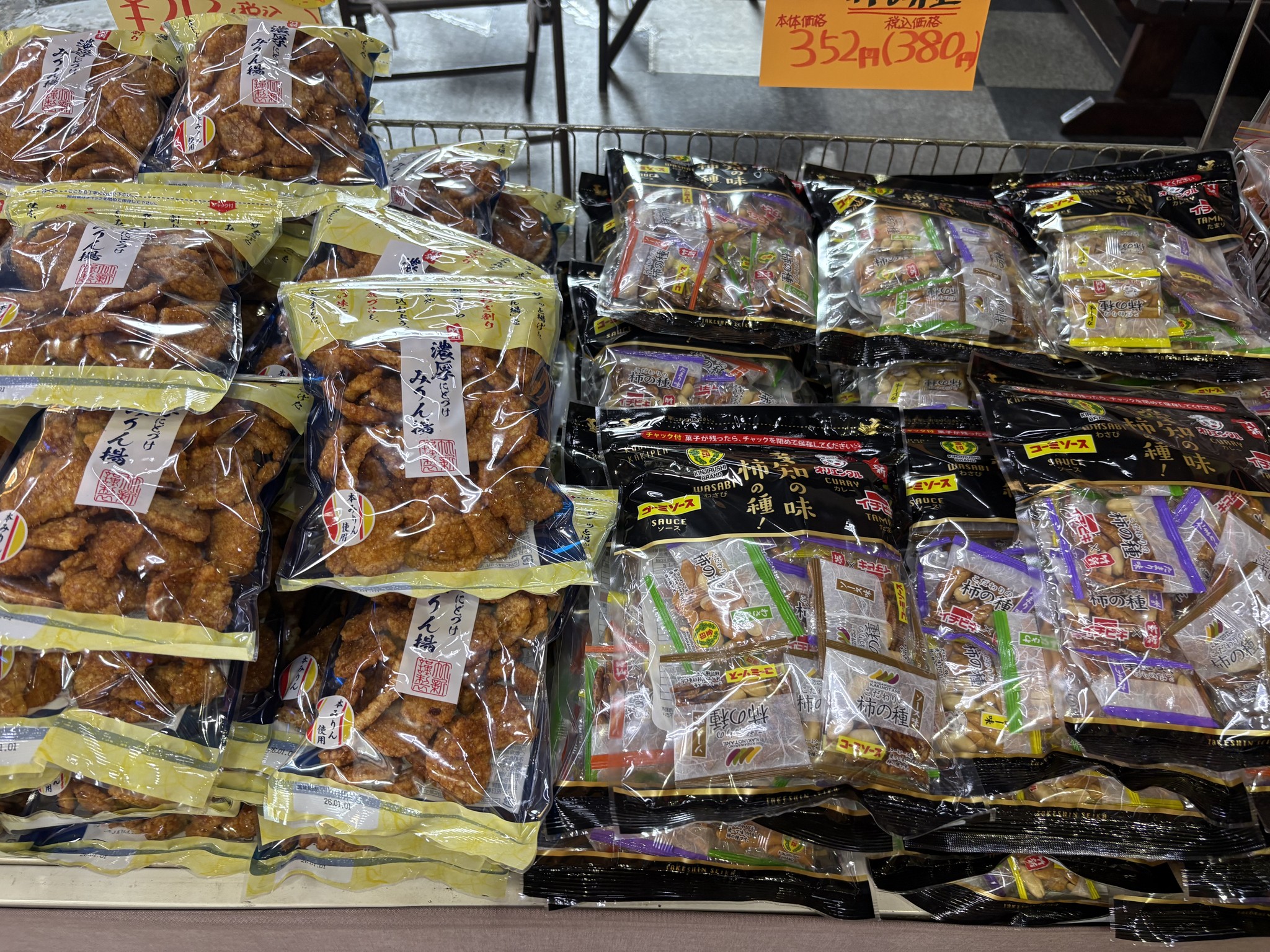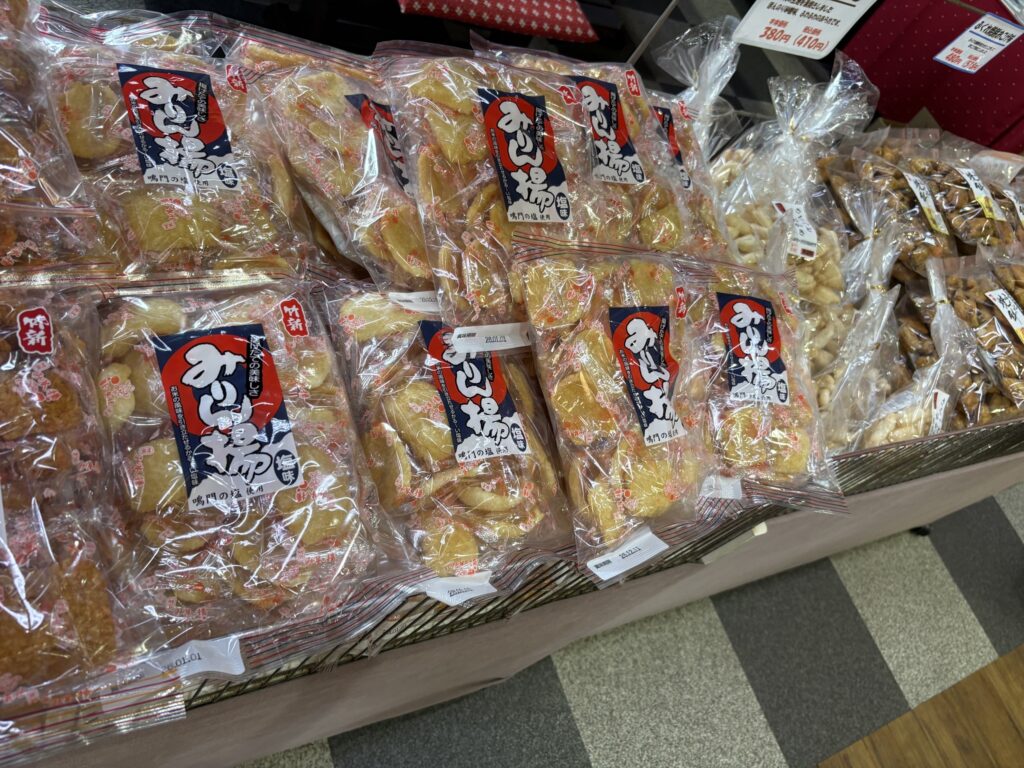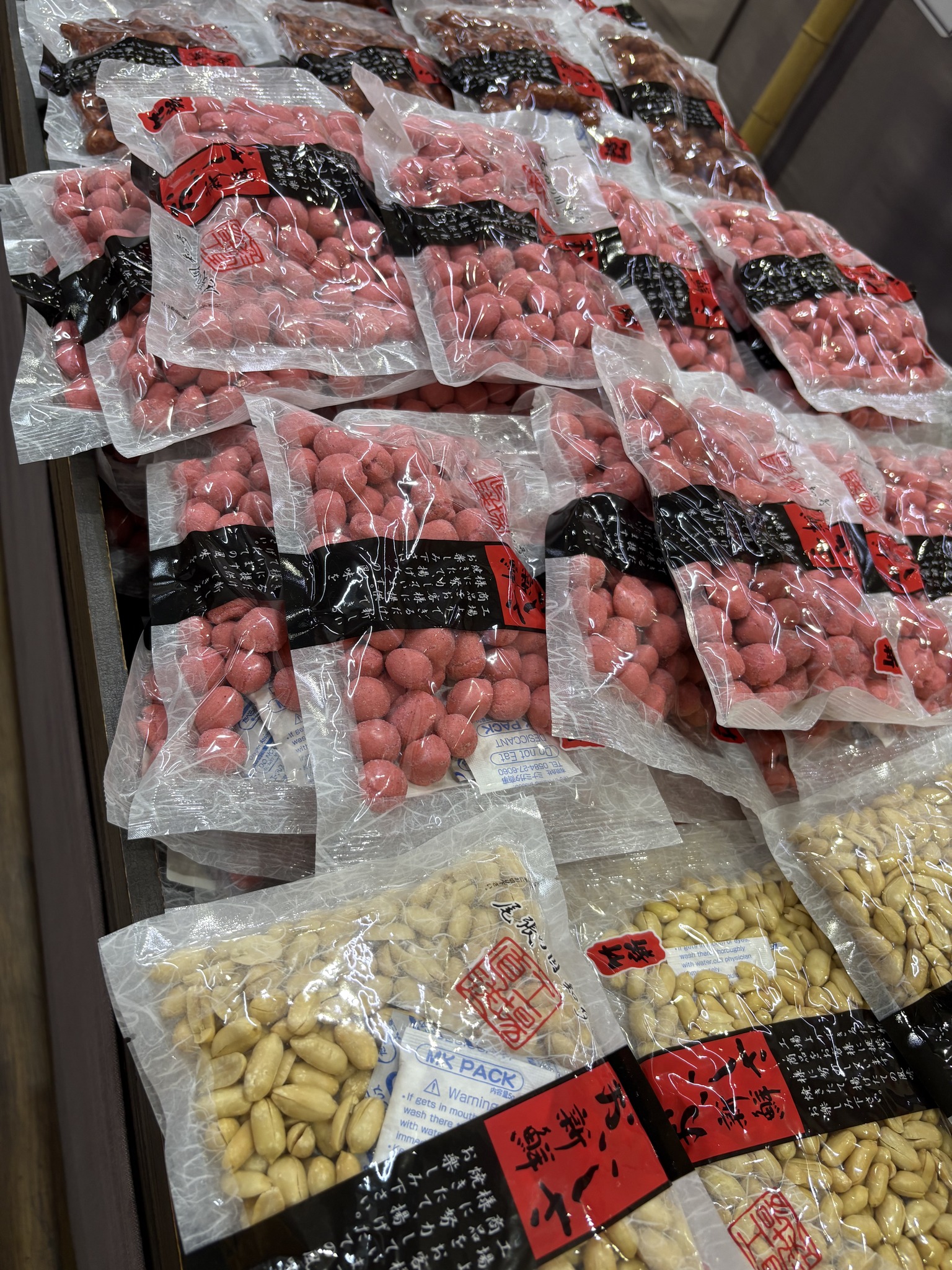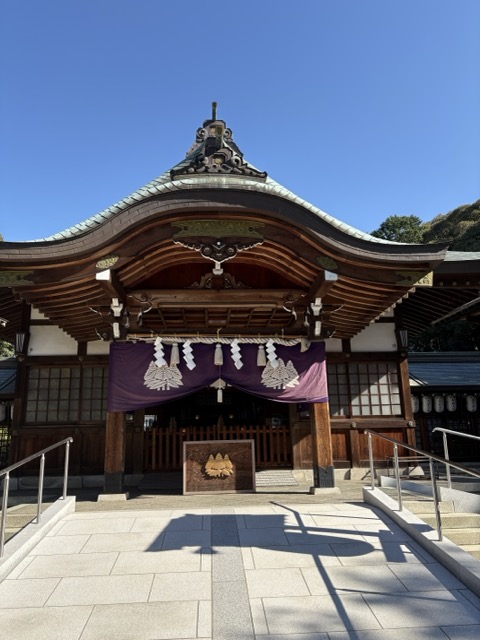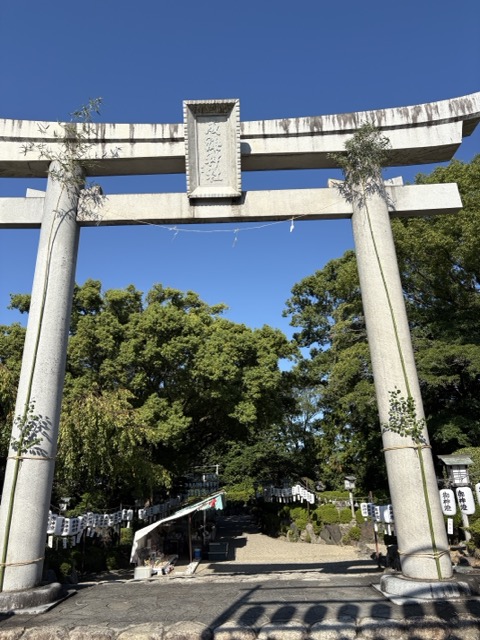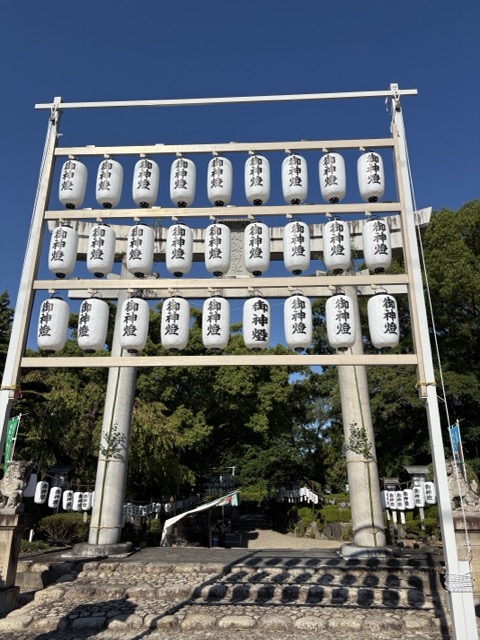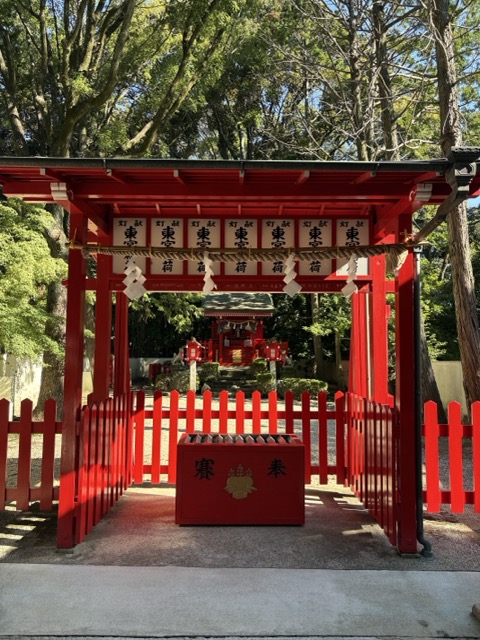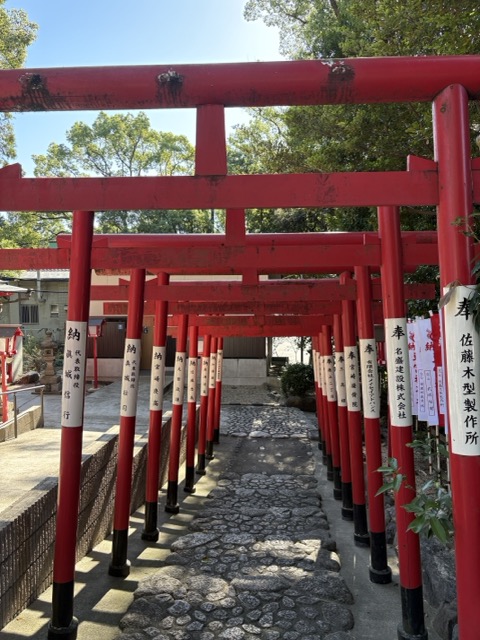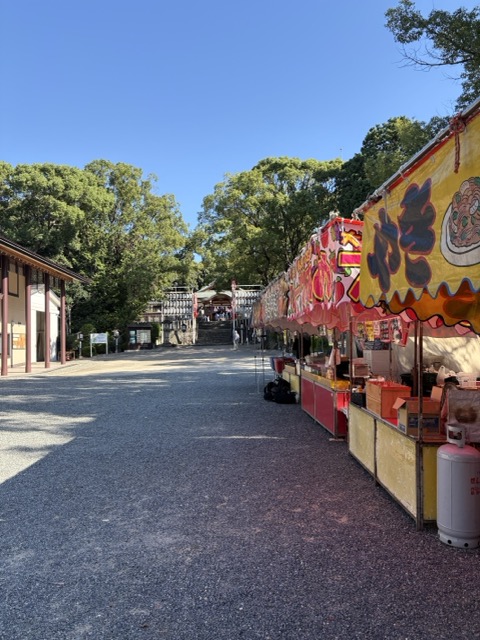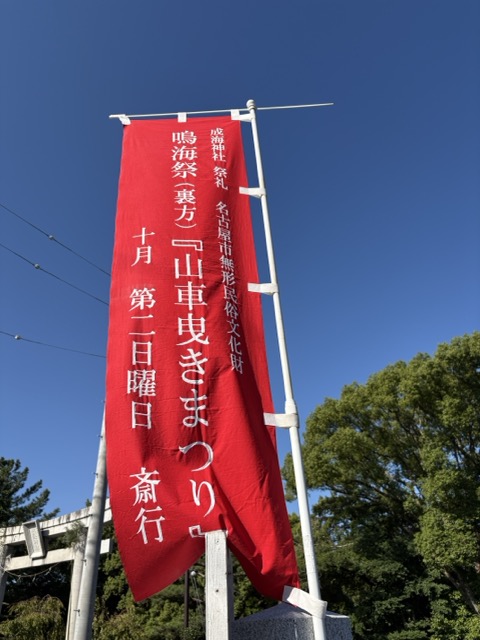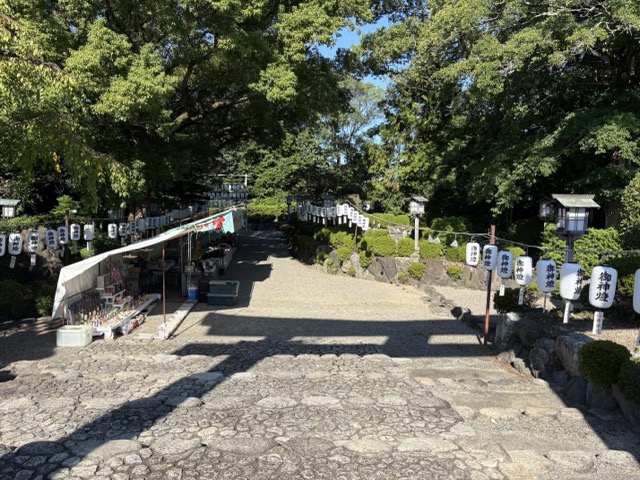What Is Mikawa-yaki?
Mikawa-yaki is a general term for pottery molded and fired in the Nishi-Mikawa region of Aichi Prefecture, mainly in Hekinan, Anjo, Nishio, and Takahama. It was registered as a Regional Collective Trademark under the name “Mikawa-yaki” in 2020, and is widely distributed as everyday goods and gardening or outdoor items such as flowerpots, shichirin (charcoal grills), and fire-extinguishing jars.
Representative uses include shichirin and grills, flowerpots, fire-extinguishing jars, ceramic plates for roasting, and stone-baked sweet potato jars. These products are commonly used in daily life, gardening, and outdoor activities.
History of Mikawa-yaki
Origins and Development
The origins of Mikawa-yaki trace back to the Tenpō era (1830–1844) at the end of the Edo period, when potters migrated from what is now Yamaguchi Prefecture to the Shinkawa area of Hekinan. They began producing shichirin, grills, and kamado stoves, marking the beginning of the craft.
In the early Showa period, the region had many pottery factories—said to number 156 at the time. A distinctive “dual-layer firing” shichirin and grill was developed using heat-resistant diatomaceous earth from Ishikawa Prefecture for the inner layer and Mikawa clay for the outer layer. This produced highly heat-resistant and insulating products, establishing the unique characteristics of Mikawa-yaki.
Because of this background, Mikawa-yaki has long been regarded not simply as pottery, but as functional tools and everyday items rooted in local life.
Characteristics, Products, and Uses
Pottery Made with High-Quality Mikawa Clay
Mikawa-yaki is primarily made using high-quality local clay known as Mikawa clay.
Using this clay, craftsmen produce everyday items such as flowerpots, shichirin, fire-extinguishing jars, and grills. The clay composition and firing techniques are adjusted depending on the intended use, improving functional performance.
Strengths of Practical Items such as Shichirin, Grills, and Fire-Extinguishing Jars
Representative products of Mikawa-yaki include shichirin and ceramic grills. The dual-layer structure developed in the early Showa period—with diatomaceous earth inside and Mikawa clay outside—offers excellent heat efficiency and durability. These items are still produced and shipped today.
Fire-extinguishing jars, ceramic containers used to safely extinguish and store charcoal after cooking, are another practical tool that symbolizes Mikawa-yaki’s everyday usefulness.
Wide Production of Flowerpots and Gardening Pottery
Mikawa-yaki is also widely used in gardening, producing items such as flowerpots, orchid pots, unglazed pots, and earthenware planters. Due to the nature of Mikawa clay, unglazed pots have excellent breathability and drainage, making them suitable for growing various plants.
The “Mikawa-yaki” Regional Brand
Based on its history and product characteristics, Mikawa-yaki was officially registered as a Regional Collective Trademark in 2020. Applicable products are defined as “shichirin and flowerpots molded and fired in Hekinan, Anjo, Nishio, and Takahama.”
This registration ensures quality standards and strengthens trust in products labeled “Mikawa-yaki,” clearly defining its value as a regional brand.
The Mikawa Pottery Cooperative Association, consisting of multiple kilns and manufacturers, continues to produce and sell flowerpots, shichirin, and fire-extinguishing jars—preserving the tradition and quality of Mikawa-yaki.
Charm and Modern Appeal of Mikawa-yaki
The appeal of Mikawa-yaki lies not only in its history and tradition but also in its practicality and connection to everyday life. Whether growing plants in flowerpots, enjoying charcoal grilling using a shichirin, or safely reusing charcoal with a fire-extinguishing jar, these tools remain useful in modern lifestyles.
With unified branding and quality assurance, products labeled “Mikawa-yaki” offer users a sense of trust and reliability.
In recent years, Mikawa-yaki has gained renewed attention in fields such as gardening, DIY, outdoor activities, and interior design, being re-evaluated as pottery that fits modern lifestyles while retaining tradition.
Summary
Mikawa-yaki is a traditional craft and regional industry supported by the high-quality clay of Nishi-Mikawa and deeply rooted practical tools such as shichirin, grills, flowerpots, and fire-extinguishing jars. With its established status as a Regional Collective Trademark, it is valued not merely as a traditional craft but as a practical item that remains relevant today.
